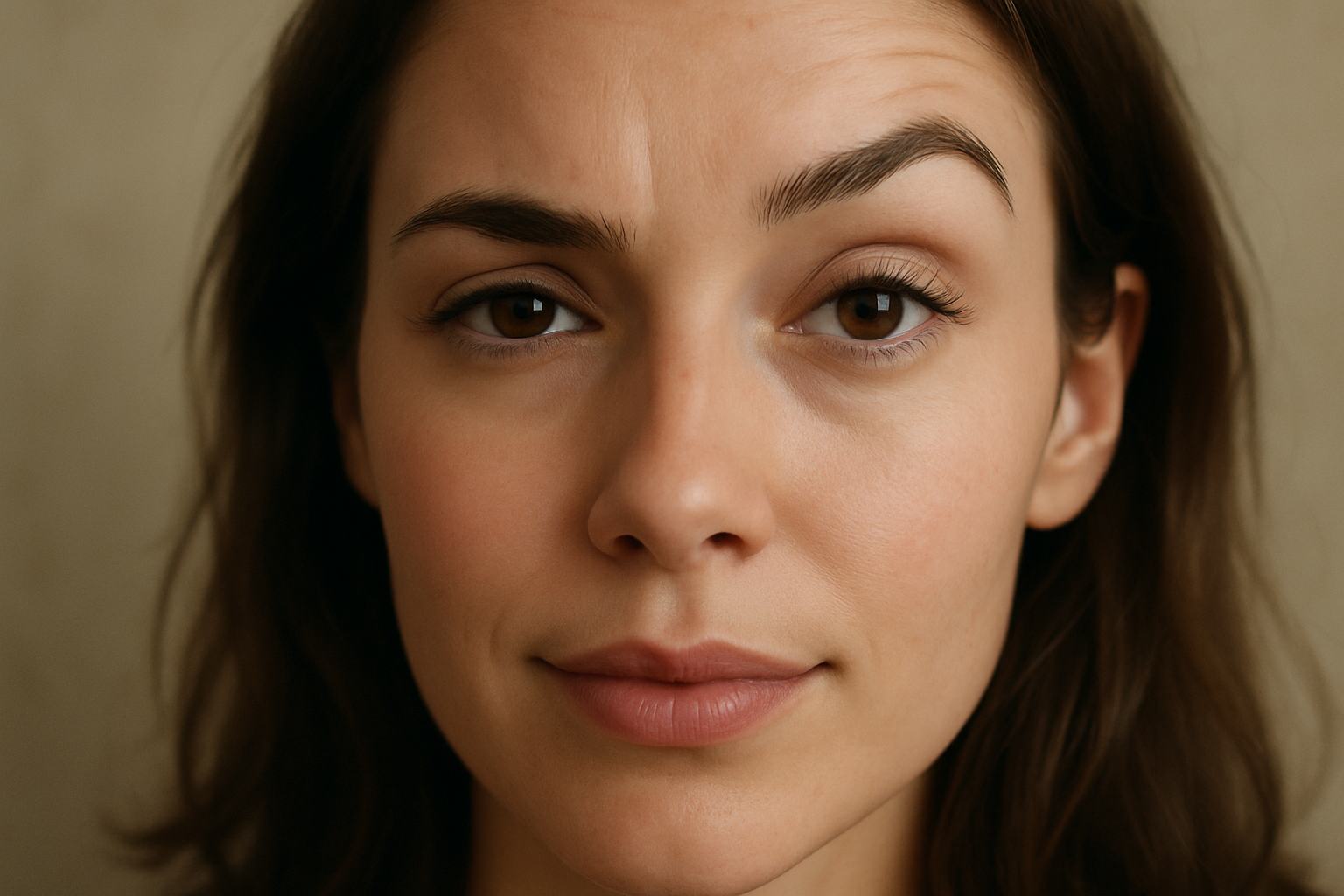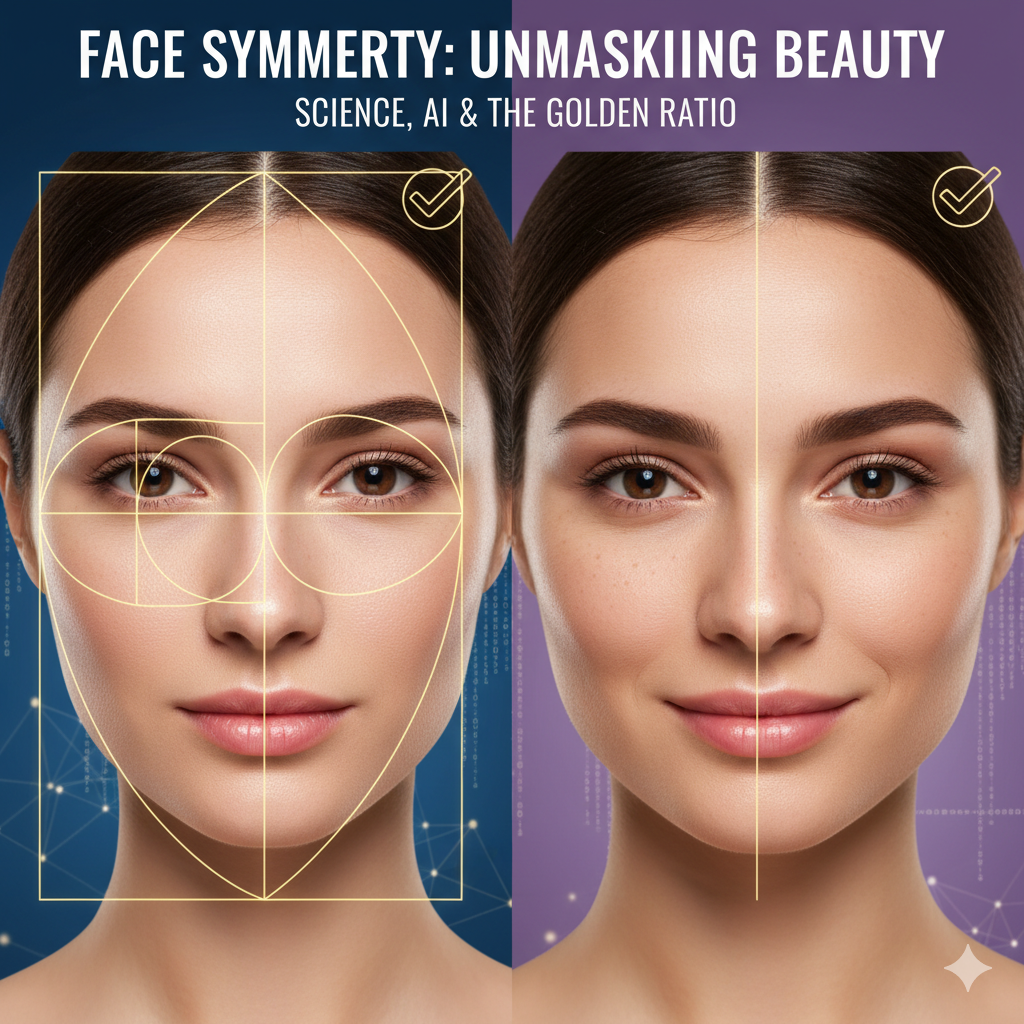Introduction: The Global Fascination with Beauty
Beauty, a concept revered across the globe, transcends cultures and borders, capturing the admiration of countless societies. The universal appeal of beauty is profound; it is a language understood by all, yet interpreted uniquely within different cultural contexts. Whether manifested in the form of beautiful faces or attractive places, the essence of beauty resonates deeply within the human experience.
Across various societies, beauty has played a significant role in shaping social dynamics and cultural values. In many cultures, physical attractiveness is often associated with positive traits such as health, vitality, and social status. This perception extends to both individuals and locations, where picturesque landscapes and architectural marvels are cherished as symbols of cultural heritage and natural splendor.
Despite the diversity in cultural perceptions, there are common elements that tend to make certain faces and places universally attractive. Symmetry and harmony, for instance, are often cited as key attributes of beauty. Faces that exhibit balanced features and landscapes that offer a harmonious blend of natural and man-made elements tend to be universally admired. These elements evoke a sense of order and aesthetic pleasure that resonates across different cultures.
However, it is essential to recognize the influence of cultural perceptions in shaping our understanding of beauty standards. What one culture deems beautiful might differ significantly from another. For instance, the appreciation of certain facial features or body types can vary widely, influenced by historical, social, and environmental factors unique to each society. Similarly, the allure of particular places can be deeply rooted in cultural narratives and local traditions.
In exploring the most appreciated beauty around the world, it becomes evident that while the concept of beauty is universally significant, its interpretation is richly diverse. This diversity not only highlights the unique aesthetic values of different cultures but also underscores the shared human desire to seek and celebrate beauty in all its forms.
Europe: Classic Elegance and Timeless Beauty
Europe has long been celebrated for its classic elegance and timeless beauty, both in its people and its places. The continent’s beauty standards often reflect a deep-rooted appreciation for sophistication, grace, and class. Cities like Paris, Milan, and London are not only global fashion capitals but also epitomize these ideals through their iconic faces and breathtaking landmarks.
In Paris, the City of Light, beauty is synonymous with effortless chic. French actresses like Audrey Tautou and Marion Cotillard embody this quintessential Parisian allure, combining natural elegance with a subtle, understated charm. Milan, the epicenter of fashion, is home to supermodels like Bianca Balti and Mariacarla Boscono, whose striking features and poised demeanor set the standard for Italian beauty—refined, bold, and captivating. London, with its rich cultural tapestry, celebrates a diverse range of beauty standards, epitomized by figures such as Kate Winslet and Naomi Campbell, who both exude a timeless, sophisticated appeal.
The physical landmarks of Europe are equally revered for their aesthetic appeal. The Eiffel Tower in Paris, with its intricate iron lattice design, stands as a symbol of romantic elegance. Milan’s Duomo, a stunning example of Gothic architecture, captivates with its grandeur and intricate details. In London, the historic charm of Buckingham Palace and the modern allure of the Shard reflect the city’s unique blend of tradition and innovation.
These iconic faces and landmarks collectively define the classic elegance and timeless beauty that Europe is known for. Whether through the poised grace of its public figures or the architectural splendor of its cities, European beauty remains a benchmark of sophistication and class, admired around the globe.
Asia: Diverse and Dynamic Beauty Standards
Asia boasts a plethora of beauty standards that are as diverse as its numerous cultures and traditions. In South Korea, beauty ideals are heavily influenced by the K-pop industry, where flawless skin, slim figures, and double eyelids are highly coveted. The immense popularity of K-pop idols such as BTS and Blackpink has not only set high beauty standards within the country but has also significantly impacted global beauty trends. South Korea’s extensive skincare routines and innovative cosmetic products have gained international acclaim, shaping beauty regimens worldwide.
In Japan, beauty is often characterized by a preference for natural and understated elegance. Traditional beauty practices such as the use of geisha makeup and intricate hairstyles coexist with modern trends that emphasize clear skin and minimalistic makeup. Prominent figures like actress and model Kiko Mizuhara have influenced both local and international perceptions of Japanese beauty, embodying the blend of tradition and contemporary style.
India’s beauty standards are deeply rooted in its rich cultural heritage, with a significant emphasis on expressive eyes, long hair, and radiant skin. Bollywood, the heart of India’s film industry, plays a crucial role in defining these standards. Celebrated actresses like Priyanka Chopra and Deepika Padukone have become global icons, showcasing Indian beauty on international platforms. Their influence extends beyond aesthetics, promoting the importance of self-confidence and cultural pride.
In Thailand, beauty ideals often include fair skin, a slender physique, and delicate facial features. Traditional beauty practices such as the use of herbal treatments and natural ingredients are still prevalent. Thai celebrities like actress Urassaya Sperbund have gained international recognition, contributing to a broader appreciation of Thai beauty standards. The country’s beauty industry continues to evolve, blending traditional practices with modern innovations.
The diverse beauty standards across Asia reflect the continent’s rich cultural tapestry. From South Korea’s K-pop influence to India’s Bollywood glamour, these varied ideals not only shape local perceptions but also contribute to global beauty trends, celebrating the uniqueness of each culture.
Africa: Rich Heritage and Natural Beauty
In the diverse and vibrant continent of Africa, beauty is an intricate blend of rich cultural heritage and natural splendor. African beauty standards are deeply rooted in traditional practices, each region offering a unique perspective shaped by its history, environment, and social customs. The continent’s diverse cultures celebrate beauty in myriad forms, from the intricate beadwork of the Maasai in Kenya to the elaborate hairstyles of the Himba tribe in Namibia.
Traditional practices play a significant role in defining African beauty. For example, scarification, which involves creating patterns on the skin using small cuts, is a traditional practice among several African tribes, symbolizing identity, status, and beauty. Similarly, body art and adornments, such as the lip plates of the Mursi women in Ethiopia, are seen as markers of beauty and cultural pride.
Fashion is another vital aspect of African beauty. The continent’s fashion scene is a vibrant tapestry of colors, patterns, and textures, reflecting the rich cultural diversity. African designers have gained international acclaim for their innovative use of traditional fabrics like Ankara and Kente, blending them with contemporary styles. This fusion of tradition and modernity is celebrated in fashion weeks across major African cities like Lagos, Johannesburg, and Nairobi, showcasing the continent’s unique aesthetic on a global stage.
Music, too, influences beauty standards in Africa. African music, with its rhythmic beats and soulful melodies, often incorporates elements of traditional dance and attire, reinforcing cultural identity. Artists like Angelique Kidjo and Burna Boy not only captivate audiences with their music but also serve as cultural ambassadors, embodying the beauty and vibrancy of African heritage.
African models and celebrities have also played a crucial role in shaping global perceptions of beauty. Figures like Alek Wek, Lupita Nyong’o, and Adut Akech have broken barriers in the fashion and film industries, gaining widespread recognition for their distinctive looks. Their success stories highlight the growing appreciation for African beauty on the world stage, challenging conventional beauty standards and celebrating diversity.
Overall, African beauty is a celebration of heritage, natural features, and the dynamic interplay of tradition and modernity, offering a rich tapestry of aesthetics that continue to inspire and captivate the world.
North America: The Melting Pot of Beauty
North America stands as a vibrant tapestry of diverse beauty standards, particularly evident in its major cities such as New York, Los Angeles, and Toronto. The multicultural population in these urban centers has significantly influenced beauty trends and the acceptance of various looks and styles. In New York City, the convergence of cultures brings together a rich array of aesthetic preferences, ranging from classic European elegance to bold, avant-garde expressions. This diversity is mirrored in the city’s fashion industry, where models of different ethnicities walk the runway, each celebrated for their unique beauty.
Los Angeles, the heart of the entertainment industry, showcases a broad spectrum of beauty ideals influenced by its global reach. Here, the blending of Latin, Asian, African, and European heritages creates a dynamic and inclusive beauty landscape. Celebrities like Zendaya, Kim Kardashian, and Lupita Nyong’o exemplify this diversity, each representing different facets of beauty that challenge traditional norms and encourage a more inclusive perception of attractiveness.
Toronto, known for its cultural mosaic, further exemplifies the melting pot of beauty in North America. The city’s vibrant neighborhoods, each representing different parts of the world, contribute to a broader acceptance and celebration of diverse beauty standards. Figures such as Winnie Harlow, with her distinctive skin condition vitiligo, and Lilly Singh, a prominent YouTuber of Indian descent, highlight how Toronto embraces and elevates diverse forms of beauty.
This multicultural influence in North America has led to a more inclusive beauty industry that celebrates a wide range of looks, from the natural and understated to the bold and unconventional. It is this acceptance and celebration of diversity that truly defines the beauty standards in North America, making it a melting pot where everyone can find their unique expression of beauty.
South America: Passionate and Vibrant Beauty
South America is a region renowned for its passionate and vibrant beauty, deeply influenced by its rich cultural heritage and diverse backgrounds. Countries like Brazil, Argentina, and Colombia boast beauty standards that are as varied as the landscapes themselves. In Brazil, for instance, beauty is often synonymous with a healthy, athletic physique, sun-kissed skin, and voluminous hair, reflecting the country’s love for outdoor activities and coastal lifestyle. The annual Carnival in Rio de Janeiro epitomizes Brazilian beauty, where colorful costumes, rhythmic samba dances, and energetic music come together in a spectacular display of cultural pride and physical allure.
Argentina, on the other hand, has a different take on beauty, heavily influenced by its European roots. The ideal Argentine look often features fair skin, light eyes, and an elegant demeanor, reminiscent of its Italian and Spanish ancestry. Tango, the passionate dance that originated in Buenos Aires, also plays a significant role in shaping beauty ideals, emphasizing grace, poise, and sophistication. Argentine fashion, with its blend of classic and contemporary styles, further accentuates these traits, making elegance a hallmark of Argentine beauty.
Colombian beauty standards celebrate a blend of indigenous, African, and Spanish influences, resulting in a diverse and vibrant aesthetic. The emphasis here is on a curvaceous figure, striking facial features, and radiant skin, often highlighted by bold, colorful fashion choices. The annual Barranquilla Carnival showcases this diversity, with elaborate costumes and exuberant dances that celebrate Colombia’s multicultural heritage. Colombian celebrities like Shakira and Sofía Vergara embody this passionate and vibrant beauty, gaining international acclaim for their striking looks and charismatic personas.
Across South America, the influence of dance, fashion, and cultural traditions on beauty perceptions is undeniable. These elements not only define regional beauty standards but also celebrate the continent’s lively spirit and diverse heritage, making South American beauty truly unique and captivating on the global stage.
Oceania: Natural and Laid-Back Beauty
Oceania, encompassing countries such as Australia and New Zealand, showcases a unique standard of beauty that emphasizes a natural, healthy, and laid-back aesthetic. In this region, beauty is often synonymous with an active lifestyle, an appreciation for the outdoors, and a minimalistic approach to makeup and fashion.
In Australia, the beauty ideal is heavily influenced by the country’s vast beaches, sunny climates, and active lifestyle. The quintessential Australian beauty is often depicted as sun-kissed, fit, and effortlessly stylish. This emphasis on natural beauty is reflected in the popularity of skincare routines that focus on maintaining a healthy, glowing complexion, often achieved through high-quality natural products and a balanced lifestyle.
New Zealand, known for its breathtaking landscapes and serene environment, similarly embraces a beauty standard that is grounded in nature. Here, the concept of beauty is closely tied to authenticity and simplicity. The local beauty ethos celebrates natural features and encourages minimal use of cosmetics, allowing one’s inherent beauty to shine through.
Prominent figures in Oceania who embody these beauty ideals include Australian actress Margot Robbie and New Zealand singer Lorde. Margot Robbie is often admired for her fresh-faced, radiant look that captures the essence of Australian beauty, while Lorde’s natural, no-fuss appearance resonates with New Zealand’s preference for authenticity and simplicity.
The region’s stunning landscapes, ranging from Australia’s Great Barrier Reef and vast outback to New Zealand’s majestic mountains and lush forests, also play a significant role in shaping beauty standards. The connection to nature is intrinsic, with many people drawing inspiration from their surroundings to cultivate an appreciation for natural beauty.
In summary, Oceania’s beauty standards celebrate a laid-back, natural aesthetic that is deeply intertwined with the region’s lifestyle and environment. The emphasis on health, simplicity, and an active lifestyle not only defines the beauty ideals but also reflects the broader cultural values of this diverse and picturesque part of the world.
Conclusion: Celebrating Global Beauty Diversity
Throughout this exploration of beautiful faces and attractive places around the world, we have delved into the rich tapestry of global beauty standards. From the traditional to the contemporary, from the serene landscapes to the vibrant cityscapes, the diversity in beauty is immense and awe-inspiring. Each culture has its unique definition of beauty, shaped by historical, social, and environmental influences. This diversity is not only a testament to the world’s cultural richness but also a reminder of the multifaceted nature of beauty itself.
As we witness an increasing shift towards inclusivity in global beauty trends, it is clear that the narrow, often homogenized standards of the past are being replaced by a more expansive appreciation of beauty. This evolution is enriching our understanding, allowing us to celebrate beauty in all its forms. Whether it is the striking features of a person or the captivating allure of a place, beauty transcends cultural and geographical boundaries. This inclusive approach is fostering a more accepting and appreciative global community, where diversity is not just acknowledged but celebrated.
Embracing and celebrating diverse beauty standards is crucial in fostering self-acceptance and mutual respect. It encourages individuals to appreciate their unique features and backgrounds, and to find beauty in the differences that make each culture and landscape special. In doing so, we not only enhance our own understanding of beauty but also contribute to a more harmonious and interconnected world. Let us continue to celebrate the incredible variety of beauty around us, recognizing that each face and place holds its own distinct charm and significance.
In conclusion, the journey through global beauty has highlighted the importance of diversity and inclusivity. By appreciating and celebrating beauty in all its forms, we enrich our lives and broaden our perspectives. Let us embrace this diversity and continue to find joy in the myriad expressions of beauty that our world has to offer.




